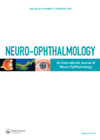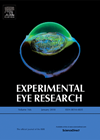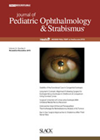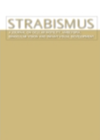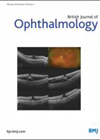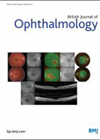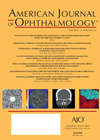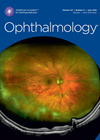
Journal Reviews archive for 2016
Use of RAPDx device with optic nerve disease
The authors have previously reported on use of the RAPDx device for evaluating relative afferent pupillary defects (RAPD). RAPDx objectively determines the magnitude of RAPD by presenting light stimuli alternately to pairs of eyes with laterality. The parameters of amplitude...
Mast cells in Graves’ ophthalmopathy
Graves’ ophthalmopathy (GO) is a potentially sight-threatening ocular disease, occurring in patients with hyperthyroidism due to Graves’ disease. Also known as thyroid-associated ophthalmopathy, GO is characterised by orbital infiltration by immune cells including macrophages, T cells and plasma cells, which...
Injuries due to forceps delivery
A retrospective series is presented of injuries secondary to forceps delivery over a 15-year period in 11 cases: seven male and four female. Follow-up of cases was over two months to 17 years. Eight presented within one week of delivery,...
Consecutive exotropia overcorrection
The authors evaluate the postoperative outcomes of unilateral medial rectus recession surgery for the treatment of persisting consecutive esotropia >10PD more than six months in 16 patients (three adults and 13 children) who were overcorrected after initial surgery for intermittent...
Characteristics of ptosis in Iranian children
A cross-section study was undertaken to determine the prevalence of ptosis (congenital and acquired) and its risk factors in Iranian children. The target population was children aged seven years in urban areas of Iran. Seventy schools of eight cities were...
Refractive changes after surgery
A long-term follow-up study was conducted to report power vector analysis of refractive astigmatic changes in a large group of 137 patients (250 eyes) undergoing horizontal strabismus surgery. Fifty-four percent were male. The average age was 9.22±8.21 years. Fifty-five percent...
ICG TTT for retinoblastoma
Transpupillary thermotherapy (TTT) is a specific form of ocular TT using infrared radiation (diode laser). Indocyanine green (ICG) is also used to achieve the optimal phototherapy effect in eyes with minimal pigment. Twenty-one patients with 42 retinoblastomas in 30 eyes...
Long-term outcomes of intravitreal ranibizumab for neovascular AMD
This is a single centre prospective study for the long-term, whole population ‘real-world’ clinical outcomes of ranibizumab therapy in treatment-naïve patients for neovascular age-related macular degeneration (AMD). This study recorded: demographics, Early Treatment Diabetic Retinopathy Study visual acuity (ETDRS VA)...
Topical cyclosporine A 0.05% for recurrent anterior uveitis
This is a retrospective case-crossover study conducted by reviewing medical charts of patients treated for recurrent anterior uveitis between 2002 and 2011 at the Kellogg Eye Centre by one cornea specialist. The demographics, episodes of anterior uveitis, severity of episodes...
Intravitreal afibercept and ranibizumab for PCV
This is a retrospective, interventional series comprising 98 eyes with polypidal choroidal vasculopathy (PCV) with the aim of comparing treatments with afibercept and ranibizumab, highlighting any differences in their efficacy. Case notes and imaging (FFA / ICG / OCT) were...
Screening for hydroxychloroquine retinopathy
The American Academy of Ophthalmology has updated the recommendations for screening for hydroxychloroquine retinopathy based on new scientific evidence that toxicity is not rare when hydroxychloroquine is used long-term, and that risk is dependent on the daily dose by weight....
Aflibercept, bevacizumab or ranibizumab for DMO
This is a two-year randomised clinical trial of 660 patients with visual acuity impairment from diabetic macular oedema (DMO) who were randomised to monthly injections of 2.0mg aflibercept, 1.25 mg bevacizumab or 0.3mg ranibizumab. Focal or grid laser was performed...

